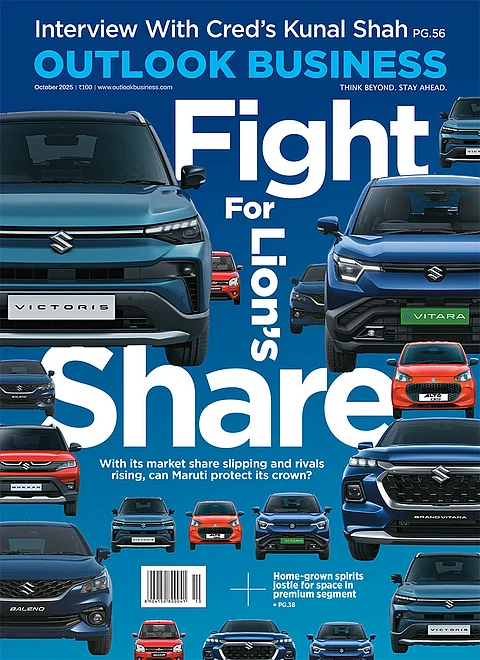Distance isn’t dead, especially for India’s IT companies. If a prospective client wants to gauge a company’s infrastructure or scale of operations, flying them here to do so, isn’t always an efficient idea. IT major HCL was looking for a way out of this limitation. And Agam Garg of Meraki, a Mumbai-based VR solutions startup had the answer to their problem.
“HCL’s research labs are based in Bangalore and a lot of their clients are based in the US. They used to travel to India which became a costly affair for HCL. We created a VR experience which involves a walk-through of the labs, a brief idea on what research is going on and a first basic introduction. If they get interested, they come down here but it at least eliminates the first layer of filtering physically,” says Garg.
Gautam Tewari, founder and CEO of Noida-based SmartVizX, had been an architect for 20 years and took the VR plunge in 2015. “Often clients would complain that the final product doesn’t match the impressions shown to them. Today we are able to offer an overview of let’s say a 10,000 sq ft office, down to its furniture and blinds. The customer can even try colour options for furniture and know the cost of each piece,” says Tewari.
JLL is a global real estate consultancy and its Country Head Ramesh Nair feels that using virtual and augmented reality (AR) in their project and development services allow potential buyers and investors to get a near ‘first hand’ experience. “The use of VR and AR help realtors differentiate themselves in the marketplace. VR walk-throughs are especially effective as a potential sales tool while showcasing commercial properties.” A VR-AR campaign could cost anywhere from Rs.3 lakh to Rs.30 lakh, depending on the content of the campaign.
Tata Motors effectively created a buzz using VR when launching its hatchback Tiago in 2016. “Tiago was targeted at the young, urban customers who are very tech savvy. So we decided to use virtual reality to provide a unique experience and engage with them effectively,” mentions a Tata Motors’ spokesperson.
Tata Motors provided cardboard glasses to millions with their print ad. One needed to place their smartphone inside the cardboard glass to experience Tiago in VR. The company has been able to sell more than a lakh Tiagos since its launch last year. Although the impressive sales numbers are due to a host of other reasons, Tata’s spokesperson explains how a VR-based campaign worked for them. “We received 63,721 new users from the Android Play Store and iOS App Store who virtually experienced the app. At the Auto Expo 2016, we had distributed 37,000 VR gears to visitors who had registered for the VR experience,” adds the Tata spokesperson.
Similarly, Axis Bank took a cue from the global rage, Pokemon GO, last year. It started offering an AR feature in its banking app called Near Me. The bank’s president and CIO Amit Sethi said at the time of launch, “‘Near Me’, helps users to easily identify not just ATMs and branches, but also restaurants, pre-approved properties and much more on the go.’’
Garg feels it is early days for VR-AR but the initial experiments have left the brands wanting for more. “The VR is best experienced on headsets and penetration is still low. But the future is bright as big companies such as Facebook and Samsung along with a large number of content creators are building the ecosystem.”












 Just one email a week
Just one email a week